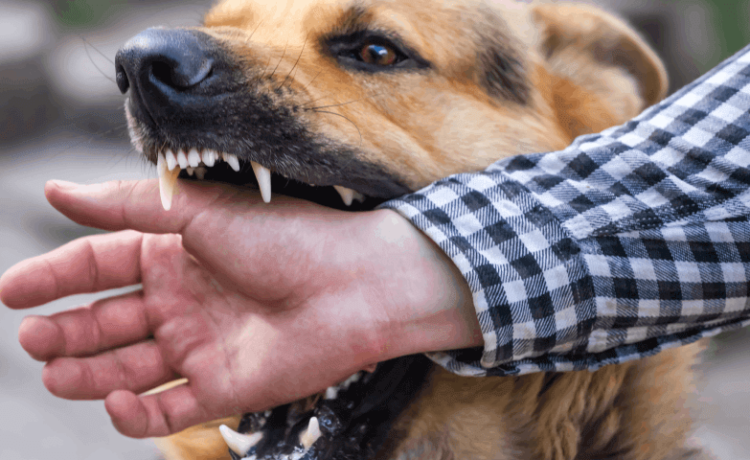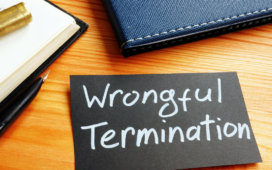Courts examine several factors when deciding financial responsibility for dog attack injuries. State statutes get reviewed alongside owner behavior, what the victim was doing, and what happened during the incident. Dog bite laws in Oklahoma establish strict liability in most situations, though there are exceptions. A judge or jury looks at the dog’s history and knowledge about potential dangers. The officers check whether the victim was lawfully present. Medical bills, lost wages, and pain compensation contribute to the final award amount.
Establishing owner liability
Courts start by figuring out if the dog owner is legally responsible for the attack. Most states hold owners liable when their dog bites someone without provocation. Oklahoma is one of these states. The injured person doesn’t need to prove the owner knew about dangerous tendencies or prior bite history. This strict liability standard assigns financial responsibility to owners regardless of safety measures taken. dog attack laws explained in Oklahoma contribute to a legal framework that supports safety and balanced justice.
The victim’s actions at the time matter quite a bit. Trespassing, provoking the animal, or committing a crime when the attack occurred changes responsibility. Property owners who don’t own the dog may face liability claims. Landlords can be held responsible when they knew a tenant’s dog posed a danger but failed to act. Courts examine whether the property owner controlled the premises and had knowledge of aggressive tendencies. Cases involving dog sitters, groomers, or veterinarians require courts to identify who had custody and control during the attack.
Calculating medical expenses
Medical costs form the primary component of dog attack injury claims. Courts review all documentation related to treatment and care. Victims must provide thorough records to support their claims:
- Emergency care and initial wound treatment from the attack
- Surgical procedures for severe bites or facial reconstruction
- Physical therapy and rehabilitation programs during recovery
- Prescription medications and medical supplies used
- Future medical care projected by healthcare providers
Plastic surgery and scar revision often become necessary after serious attacks. Courts include these future medical expenses when medical experts testify about additional procedures needed down the road. Psychological counseling costs qualify as compensable damages. Victims who develop anxiety, depression, or trauma following an attack can claim these expenses. The costs accumulate rapidly in many cases. Facial injuries requiring multiple reconstructive surgeries over several years drive up totals significantly.
Assessing lost income
Courts calculate lost wages by examining how injuries prevented work. Pay stubs, tax returns, and employer statements establish pre-attack earnings. Self-employed individuals must provide business records documenting income disruption during recovery. The calculation includes actual wages lost during recovery and looks ahead. Future earning capacity is considered if permanent disabilities resulted from injuries. Courts consider expert testimony about how injuries affect job performance abilities. Vocational experts may testify about reduced earning potential in the future. Cases involving facial scarring or hand injuries preventing specific work types often require this expert testimony. Compensation increases when injuries cause long-term or permanent employment limitations affecting the victim for years to come.
Evaluating pain damages
Courts assess non-economic damages for physical pain and emotional distress caused by attacks. These damages compensate victims for suffering that can’t be measured through bills or pay stubs. Jury instructions guide deliberations about appropriate amounts based on several considerations:
- Injury severity and the traumatic nature of the attack
- Recovery duration and lasting effects on daily life
- Victim’s age and long-term psychological impact
- Whether permanent scarring or disfigurement occurred
Photographs of injuries are examined carefully. Medical records describing treatment provide context for the jury. Expert opinions about psychological trauma influence the final award substantially. Children who suffer attacks often receive higher damages in this category. Courts recognize that traumatic experiences during childhood have long-term psychological effects.











